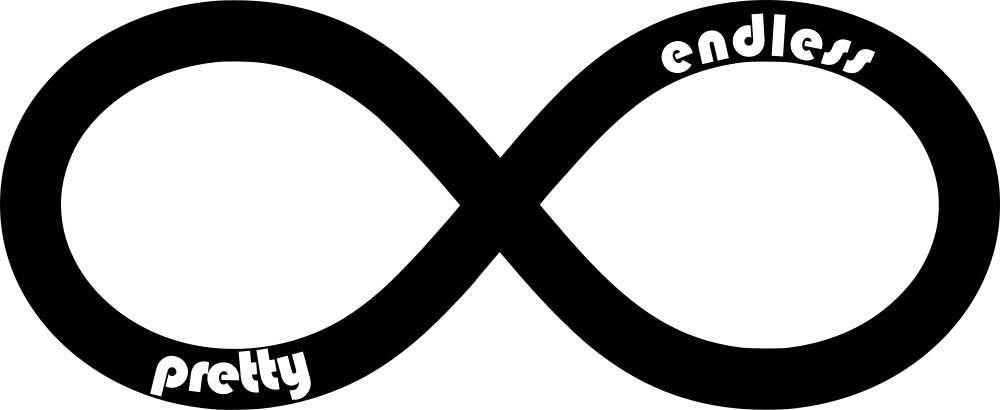The straight stitch is one of the most basic and versatile stitches in hand embroidery. If you’re just starting out this will be the perfect stitch to learn because it’s so simple and there are a ton of designs you can make from this mighty little stitch. This stitch is perfect for creating outlines, borders, and other simple designs like flowers, grass, seeds, or even to fill in larger areas. Many different types of complex stitches are made by repeating the straight stitch: running stitch, seed stitch, zig zag stitch, satin stitch, short and long stitch and many more!
How to do the Straight Stitch
- Start the stitch: Bring your needle up through the fabric at the starting point of your line or design. This will be your first stitch.
- Stitch forward: Insert the needle back into the fabric as close or far away from the starting point as you need it to be. Usually it is approximately 1/4 inch (0.6 cm) away from the starting point.
- End the stitch: When you have completed your stitch, finish your last stitch by bringing the needle back down through the fabric and tying a knot at the end of the thread.
Tips
- Practice on a scrap piece of fabric before starting your project to get a feel for the stitch.
- Try not to make your stitch lengths too long as it might result in loose stitches that don’t keep its shape.
- Use a hoop or frame to keep the fabric taut while stitching to prevent puckering.
- You can use a thimble to push the needle through the fabric to protect your fingers.
- Choose the right number of strands for your project to ensure that the stitches show up with the thickness you need for your design.
- If you find it hard to keep the stitches even, add evenly spaced dots along the line you will be stitching and bring your needle in and out through those dots. Remember: the more you practice the easier it will be!
